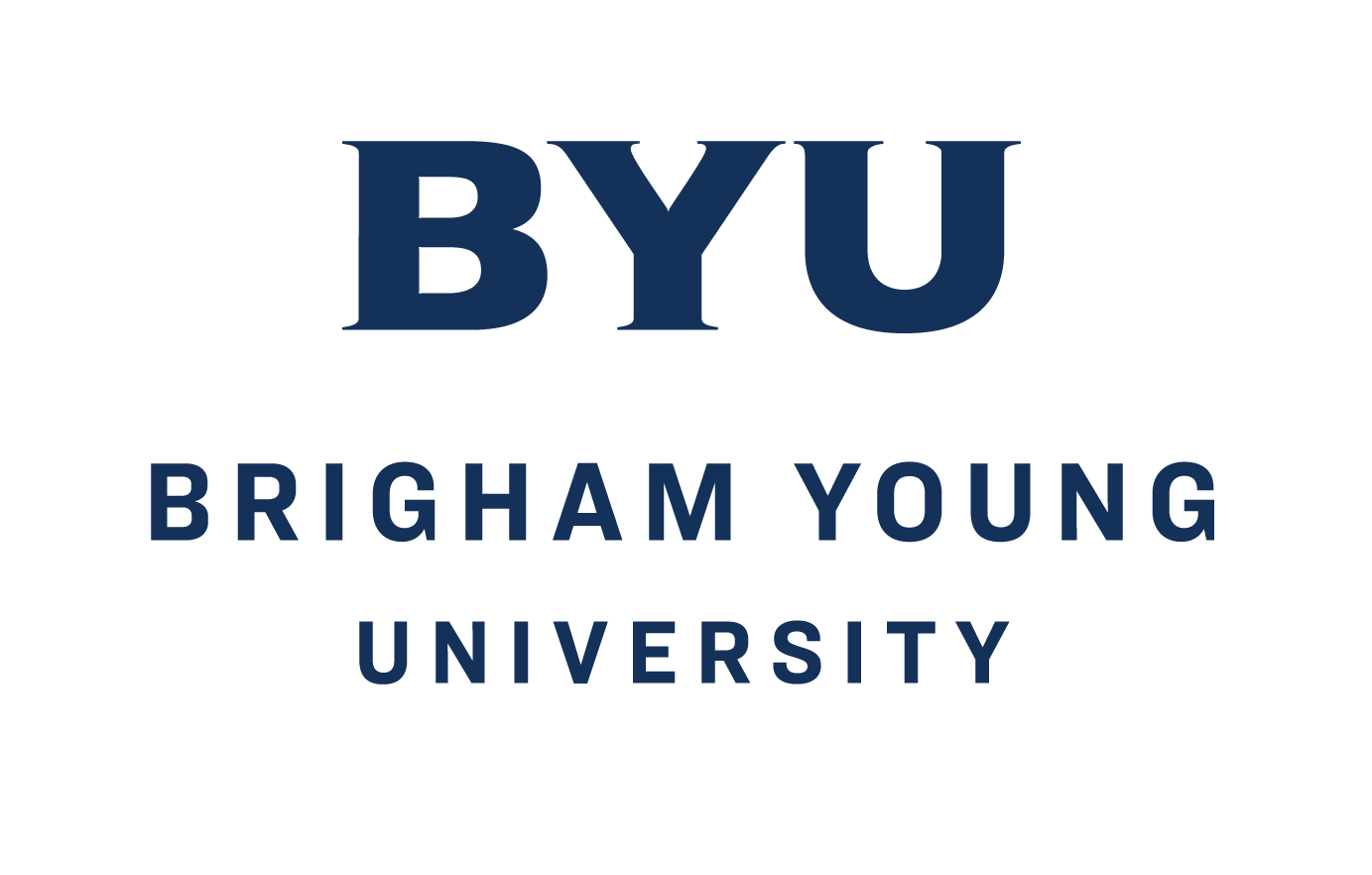Watch
Some scholars have referred to Joseph Smith’s 1830 Book of Mormon as “America’s Bible,” as though it was intended to replace the Protestant Bible. What has not yet been much appreciated is the extent to which the Book of Mormon was intended to save the Bible. In this lecture, Samuel M. Brown argues that the Book of Mormon hoped to save the Bible from things like religious voluntarism and the resulting interpretive chaos, from cessationist denial of miracles; it sought to make the Bible credibly American, to make evidential Christianity internally consistent. The Book of Mormon seemed to anticipate higher criticism and the threats posed to the Bible by late modernism. As such, the Book of Mormon is a crucial text of transitional readings of the Bible. It is a lens through which to view changes in biblical authority and interpretation.But, Brown says, in order to save the Bible, the Book of Mormon had to “kill” it; unmasking the nature of scripture—its tentative, regional character, its fundamental inadequacy as a written text. There is strength in weakness.
About Samuel M. Brown
Samuel M. Brown is Associate Professor of Pulmonary and Critical Care Medicine and Medical Ethics and Humanities at the University of Utah and an intensive care physician in the Shock Trauma ICU at Intermountain Medical Center. His award-winning book In Heaven as It Is on Earth: Joseph Smith and the Early Mormon Conquest of Death
